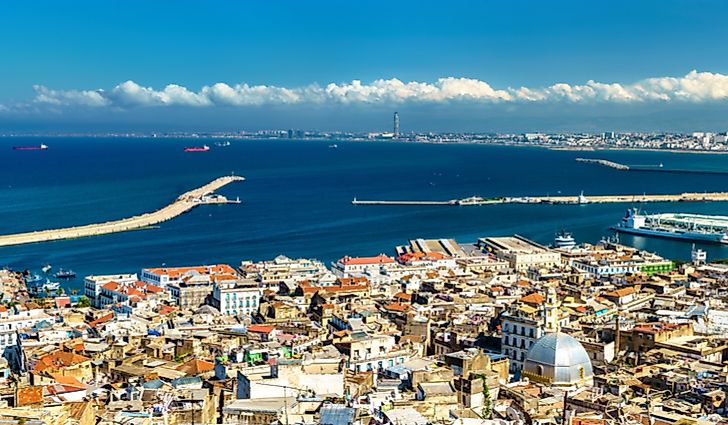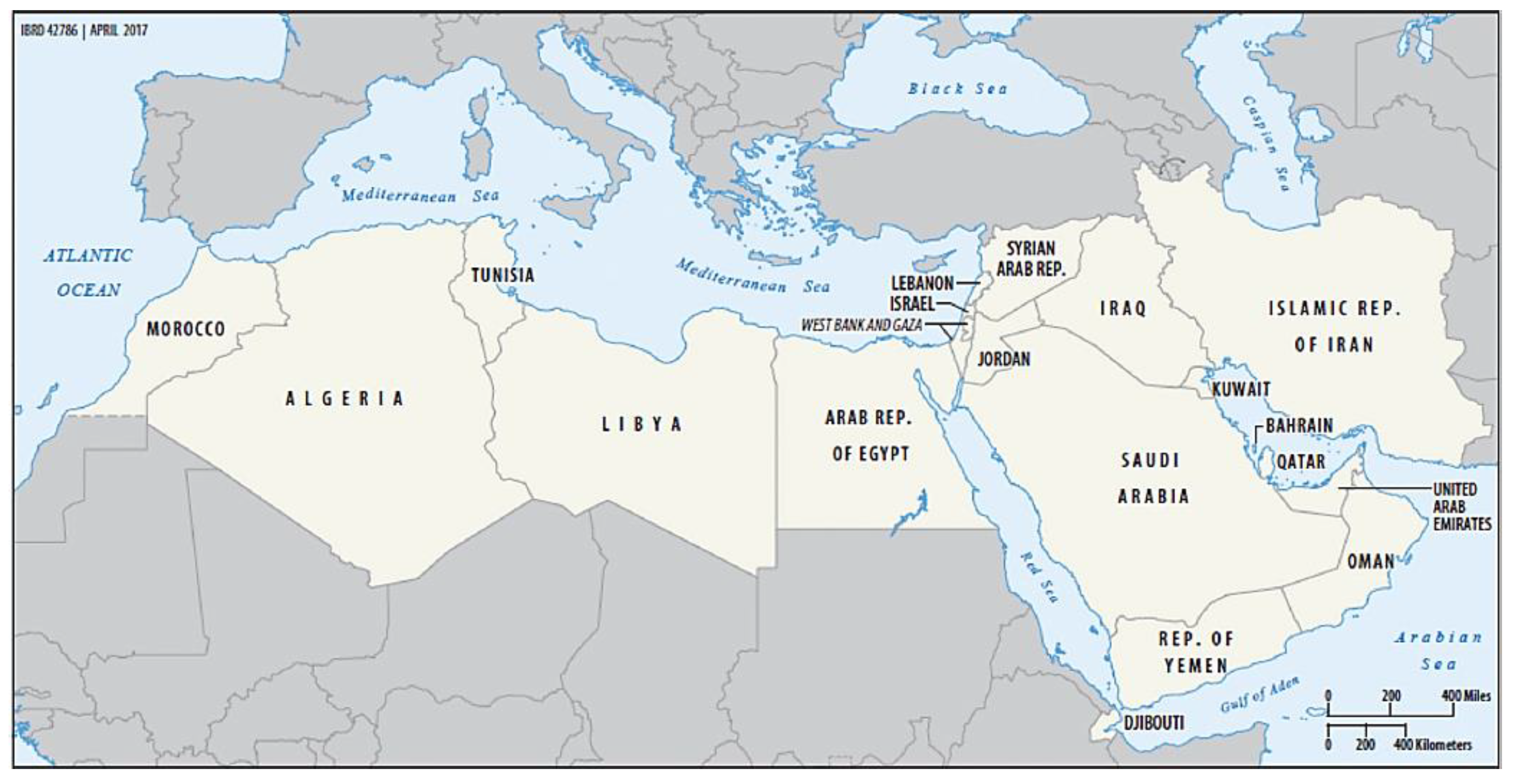

As with the climate change issues, research in the Mediterranean must contribute to avoiding the unbearable while managing the inevitable, at least as far as possible within this iconic maritime region.ĭe toutes les mers régionales du globe, la mer Méditerranée est l’une des plus singulières. In marine sciences–including social studies, research must draw on shared and open methods to (i) help facilitate the debates between all stakeholders (ii) contribute to the collective selection of measures that will not later be regretted and (iii) promote a sense of ownership among all parties of the actions necessary in the Mediterranean. There is therefore an urgent need for greater cooperation among all actors, coupled with an ability to outline the long-term choices in a context of uncertainty and increasing risk. Meanwhile, the social aspects of the issue are emerging in a variety of ways, via new demands from a public that is increasingly aware of food security, health, sustainability and ethics. But for this to become a reality, comprehensive and relevant data sets, methods and objectives are needed in all disciplines, from physics to governance. Moreover, Mediterranean ecosystems seem to provide increasing opportunities for various forms of “Blue Growth” – as long as resources are considered as a legacy rather than a mine to be endlessly exploited: the management of resource flows should gradually take precedence over the exploitation of stocks. Nevertheless, the increasing knowledge and awareness amid the region’s societies and States of the risk of negative impacts related to unpredictable changes lie behind an ever greater determination to understand the various phenomena involved and to make choices conducive to more positive change. However, the opportunities are currently outweighed by the threats, particularly in terms of marine and coastal resources. The conditions for life in these regions are very hard.The Mediterranean is one of the world’s most remarkable regional seas, with a high level of activity in several sectors: fishing, mining, industry, town expansion, trade and tourism. Vegetation is only possible during a few months per year and even then is often sparse. Also known as the polar areas, these areas receive less heat through solar radiation, since the Sun has a very flat angle toward the ground.

The average temperatures here are much cooler than in the subtropics.


 0 kommentar(er)
0 kommentar(er)
